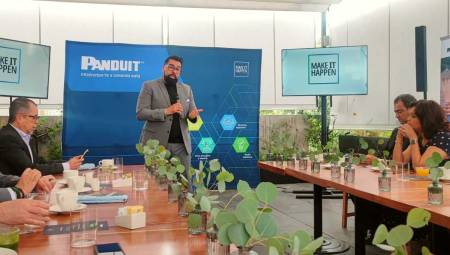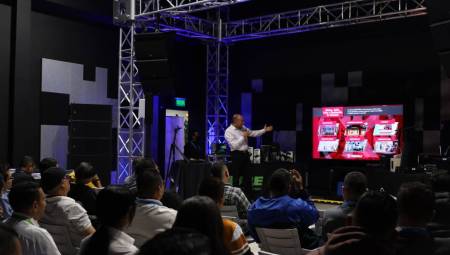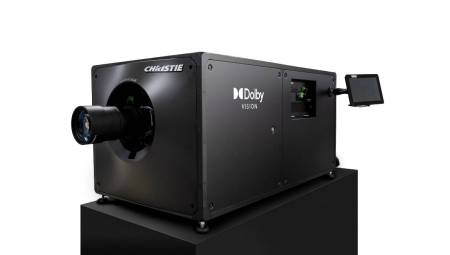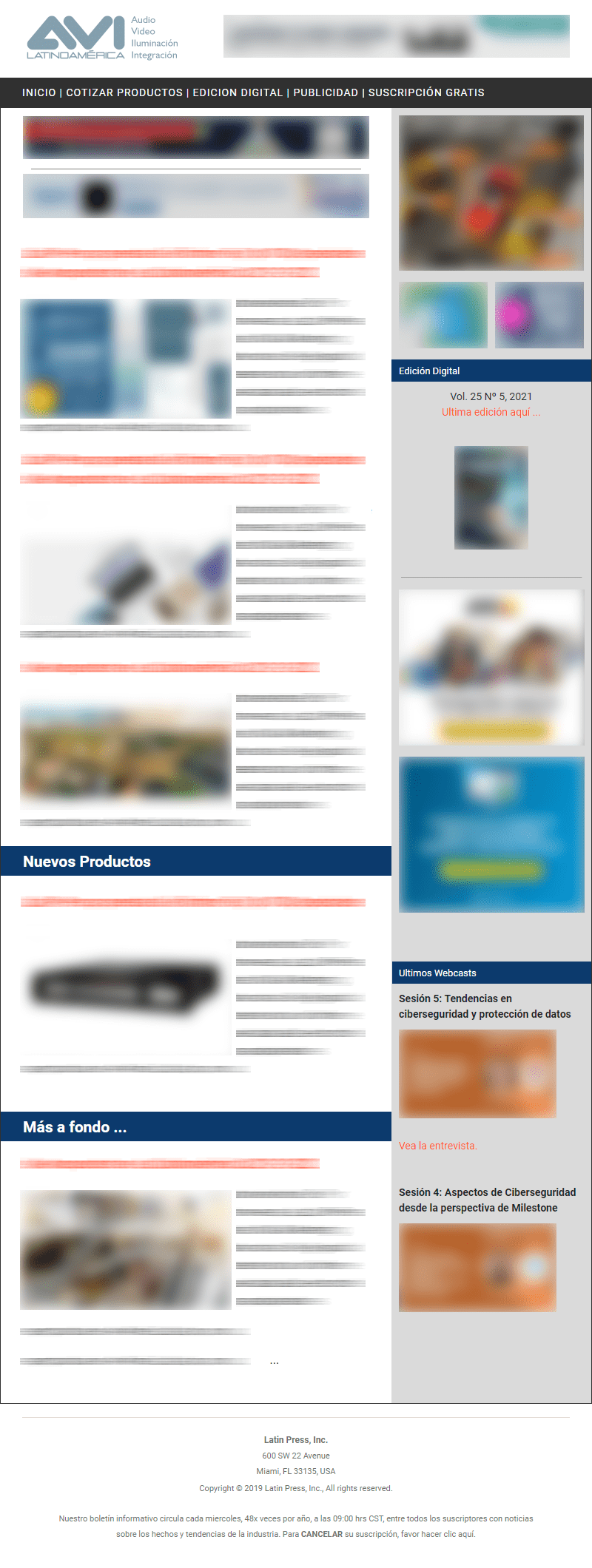 Latin America. The USPTO (United States Patent and Trademark Office) and the EPO (European Patent Office) have granted Christie the patent that allows the exhibitor to supplement their income in the room by directly streaming movies to the consumer's home.
Latin America. The USPTO (United States Patent and Trademark Office) and the EPO (European Patent Office) have granted Christie the patent that allows the exhibitor to supplement their income in the room by directly streaming movies to the consumer's home.
Using Christie's integrated media block (IMB) used by a multitude of movie theaters around the world, the patented hardware and software package combines with the capabilities of Christie's network and streaming products so that Christie partners can bring real-time films screened in their rooms to the viewer who is comfortably seated on the sofa at home.
"We all love cinema, and there's nothing like enjoying it in person on the big screen of your favorite cinema," said Brian Claypool, Christie's executive vice president for cinema. "Seeing exhibitors adapt to bring viewers around the world back into theaters has been exciting, a comeback that we hope will ramp up and accelerate. However, the enormous challenges facing the exhibition sector lead us not to let our guard down. The new technology allows the exhibitor to organize to show their viewers premium content in their own homes, opening up an extra source of income that can be very profitable in a time as difficult as the current one. The new patent is a sign of our constant commitment to improve the experience of watching movies and to support our exhibitors with the latest innovations. The possibility of offering live premium content to viewers in their homes is already a reality. Christie puts it in the hands of the exhibitor to decide when, how and how much content he wants to market with this new modality."
The system will distribute high-value content to streaming devices that meet Christie's stringent safety and quality standards. Built on Christie's networked content delivery and switching technologies, the system will support a wide range of content delivery options, from images compressed with H.265 codec at 4Mbps, to uncompressed 8K at 120Hz and 100Gbps, with unprecedented performance and zero latency over very affordable Ethernet components.
The patent is pending in other areas of the world.















